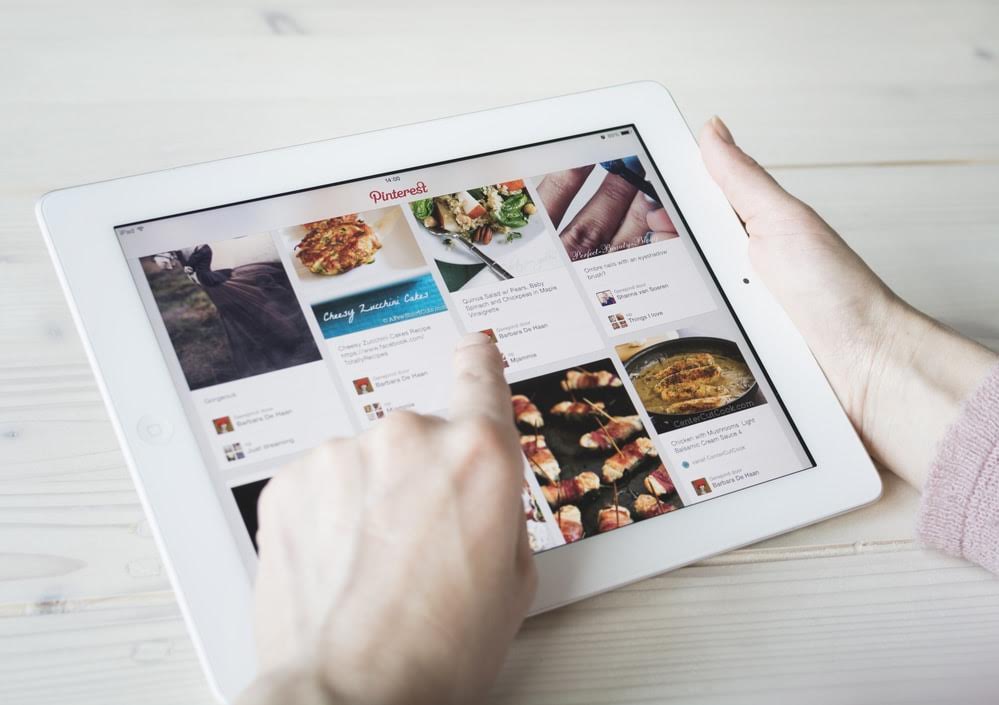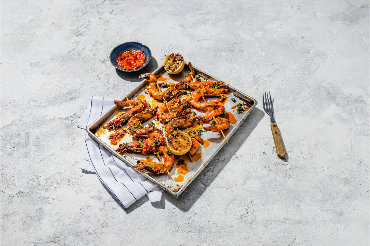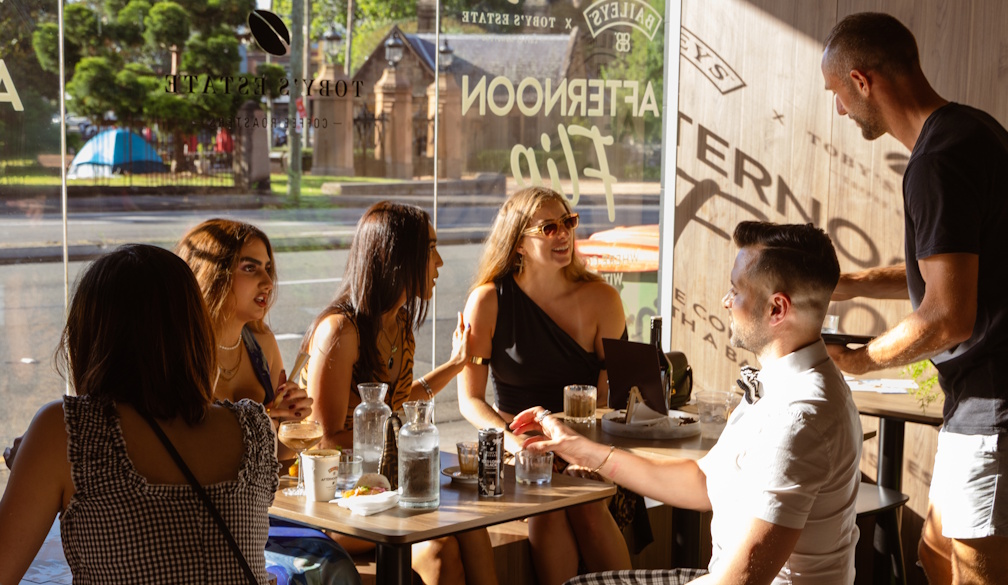
Soaring customer expectations are creating an increasingly challenging environment for products and services seeking brand engagement, according to Brand Keys, Inc. 22nd annual 2017 Customer Loyalty Engagement Index© (CLEI), conducted by the New York-based brand engagement and customer loyalty research consultancy (brandkeys.com).Brand Engagement = Category Leadership
Brand engagement is a measure of how well a brand meets expectations consumers hold for the path-to-purchase drivers in a given category, said Robert Passikoff, president of Brand Keys. "Those drivers and expectations can be measured against a Category Ideal (100%) with brands best meeting consumers expectations generating greater loyalty and profits. Brands that cannot meet expectations lose customers and market share.
Where Consumer Expectations Grew Most
This year, the Brand Keys CLEI examined 83 categories and 740 brands from Automotive and OTC Allergy Medications to Computers, Fast-Casual Dining, Retail, Smartphones, and Alcoholic Beverages. Brand engagement leadership shifted dramatically in 49 of the 83 categories. On a cross-category basis, expectations have increased 23% over 2016 while brands have improved by only 4%, leaving an enormous gap between what consumers want and what brands are seen able to deliver.
For 2017, the top 5 sectors where expectations grew the most:
1. Online: Social Networking and Entertainment (+35%)
2. Technology (+32%)
3. B2B: Services and Equipment (+30%)
4. Cosmetics (+28%)
5. Personal Products & CPG (+26)
Interestingly, there was only one category where expectations virtually stood still, noted Passikoff. Non-alcoholic beverages were up 9%, the lowest expectation growth in years. Perhaps thats why selling soft drinks has become so problematic.
Which Brands Engaged Best? Perennials, Newcomers and New Categories
Of the 740 brands included in the 2017 CLEI, noted Passikoff, We saw some perennial engagement experts rise to the tops of their categories again. This year the best of the engagement best included: Avis, JetBlue, Hyundai and Ford, Dunkin and Starbucks, Apple, Discover and American Express, GEICO, Konica-Minolta, Amazon, Dominos, Facebook, Google, Chanel and AT&T.
Smart brands are learning that engagement is the best route to profitability, said Passikoff, And among well-established categories, 2017 revealed some newcomers at the top of their categories. Brands showing up for the first time as engagement champions included: Allegra, JPMorgan Chase, Coors, 5 Guys Burgers & Fries, LOréal and Kiehls, Sabercat, Magnum Ice Cream, Hyatt, State Farm, Major League Baseball (MLB), Trader Joes, Zara, Nordstrom, Johnnie Walker and Fidelity.com.
For 2017 Brand Keys added 11 categories, including: Energy Drinks, Snack brands, Toys, Yogurt, and AM/PM Cable News. First-time engagement winners included: Red Bull, Doritos, Fritos, Planters, FOX News, LEGOS, Chobani and Yoplait.
Why Consumers Expect More
The concept of brand engagement is pretty straightforward, said Passikoff. Consumers have an Ideal for every product and service; its the yardstick they use to measure brands. Defining your category's Ideal is where it gets tricky as the process is more emotionally-based than rational. So defining the Ideal, and identifying what consumers expect from their Ideal, has to be more penetrating and subtle than a typical 10-point scale survey, noted Passikoff.
Below-the-radar, psychological metrics are required, said Passikoff, Because today's consumer does not behave as he/she says, does not say what he/she really thinks, and does not think what he/she feels. Consumers talk among themselves before they talk to brands, with social networking super-charging expectations. The result massive gaps between what people want and what brands deliver. And much confusion among marketers about what actually drives engagement, noted Passikoff.
The Ideal. One For Each Category
The Ideal describes the precise path-to-purchase drivers, how the consumer will view the category, compare brands and how they will engage with the brand, buy, and remain loyal. Most marketers look at the world through a brand lens, noted Passikoff. Its their brand, after all. The consumer, on the other hand, looks through a category-lens and that dichotomy can create problems when marketers try to engage consumers.
Drivers are category-specific since consumers dont buy smartphones in the same way they buy cosmetics or pizza and dont decide upon which bank to use or which online broker to invest with.
The four path-to-purchase drivers for the Smartphone category, for example, are:
1) Brand Design, 2) Platform For All My Needs, 3) Personal Connectivity, and 4) Brand Support
The Pizza category looks like this:
1) Made-to-Order Taste, 2) Customizable Extras, 3) Brand Image/Value, and 4) Connected Delivery
Brands that can best fill the expectation gap win, said Passikoff, That paradigm resulted in a leadership shift in 58% of the categories tracked. And, as these metrics are predictive of consumer behavior, results will show up in market share and profits in the new year.
Methodology
For the 2017 CLEI survey, 49,168 consumers, 16 to 65 years of age from the nine US Census Regions, self-selected the categories in which they are consumers and the brands for which they are customers. Seventy (70%) percent were interviewed by phone, twenty-five (25%) percent via face-to-face interviews (to identify and include cell phone-only households), and 5% online.
Brand Keys uses an independently validated research methodology that fuses emotional and rational aspects of the categories, identifies the four behavioral drivers for the category-specific Ideal, and identifies the values that form the components of each driver. This year Brand Keys added 11 new categories, including: Energy Drinks, Snack Brands, Toys, and Yoghurt, resulting in engagement evaluations of 740 brands.
The assessments measure how well brands meet expectations that consumers hold for each path-to-purchase driver that comprises the Ideal for a specific category. The research technique is a combination of psychological inquiry and statistical analyses, has a test/re-test reliability of 0.93, and produces results generalizable at the 95% confidence level. It has been successfully used in B2B and B2C categories in 35 countries.
























